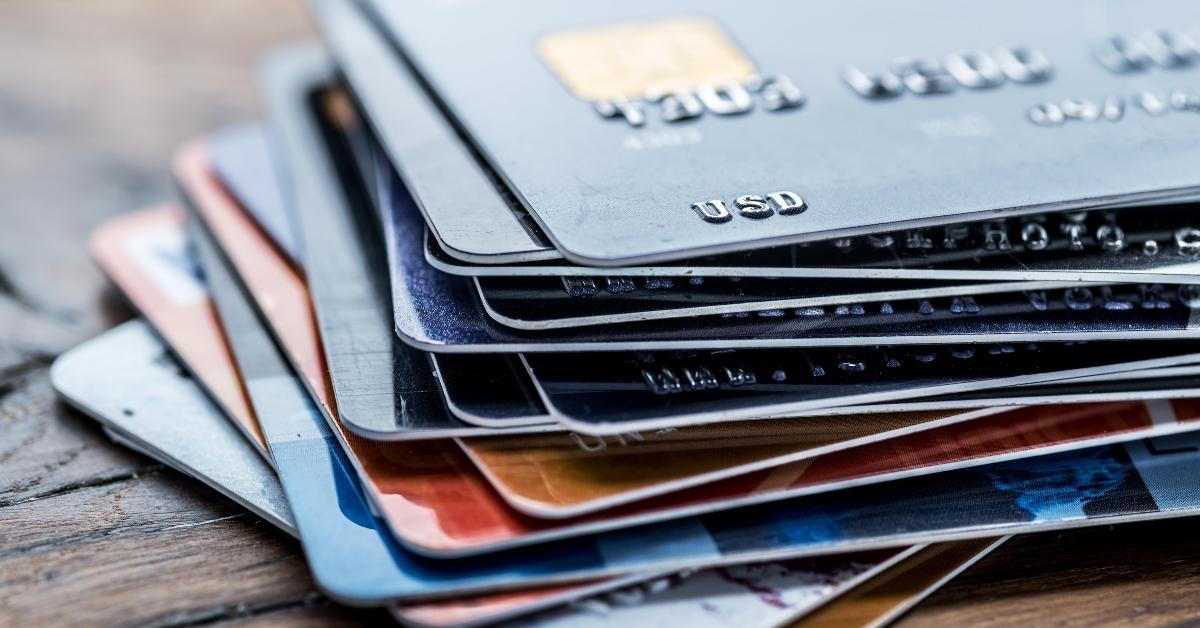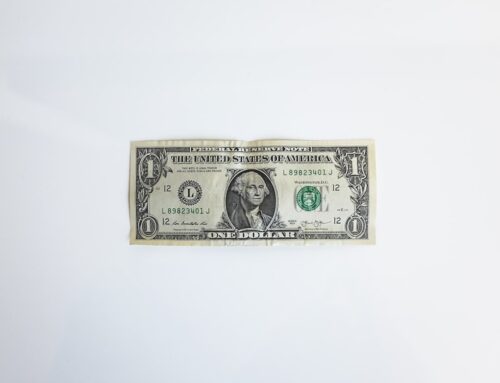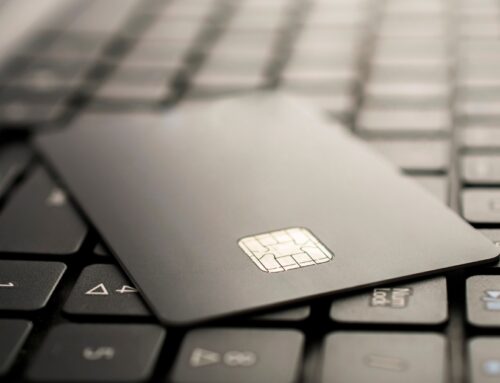There’s lots of advice out there for people who want to pay off credit card debt. Some of it is very good, and some are not very practical for people on a tight budget who need to cut down debts without squeezing their cash flow too much. However you approach paying off your credit card debt, your strategy must reduce the balances faster than the interest on your outstanding balances is growing. Second, you’ll need to be sure it leaves you enough money during each budget cycle for everything else you need to pay and for your daily expenses.
How to Pay Off Credit Card Debt
Do you have credit card balances carrying over and growing more significantly from one month to the next? If so, you should consider using one of these four approaches to help you pay off your credit card debt as quickly as possible:
Minimize the interest that is accruing on the card balances:
As a general rule of thumb, it’s recommended that you prioritize paying off the cards that bear the highest total amount of monthly interest first. Or pay off the accounts with the smallest outstanding balances. That can make it possible to pay more than just the minimum, so you can pay less in total interest.
Work on paying off one card at a time:
If you have balances on multiple credit cards, at least pay the minimum payment due for each one. Then focus on paying the balance down more on one of the cards each month until it’s paid off. Then, pay down another one. To decide which card to pay off first:
- Pay off the cards with the highest interest rates first: Look at your credit card bills to see which one is charging you the highest interest rate. Then, pay off that one first. Or,
- Use the well-known snowball method: First, pay off the credit card account with the smallest remaining balance. Then, use the amount of money you had been paying toward that account to pay down the card with the smallest balance of the remaining accounts.
Pay more than the minimum:
Pay more than just the minimum amount you’re allowed to pay on your credit cards each month. Paying off the balance is much faster that way. Pay at least a little more than the required minimum each month on each card. With each dollar you pay above the minimum due, you’re reducing your balance, which means you have less interest building up on the account.
Transfer balances to lower-interest accounts.
If you can qualify for a lower rate, transfer your remaining balance from your higher-interest credit cards to benefit from the savings. You may have to pay a balance transfer fee of up to 5 percent, but the amount you save by getting a lower interest rate may still be significantly more than the transfer fee. Or consolidate your card balances in an installment loan for even bigger savings.
Review Your Spending Habits:
You may dream of debt-free living but worry about how to pay off credit card debt when you have no money. One important thing to do when finances are tight, and bills must be paid is to identify ways to cut spending. Use the money you regain by reducing your spending a little to pay down your credit card debt. Pay with cash whenever possible. As you pay off debts, receive pay raises, or otherwise acquire additional cash, use it to pay down your credit cards faster, so you will lose less of your money on interest payments.
Quick Loan Application
Get started on your Short Term Installment Loan Application from Money 4 You Loans





